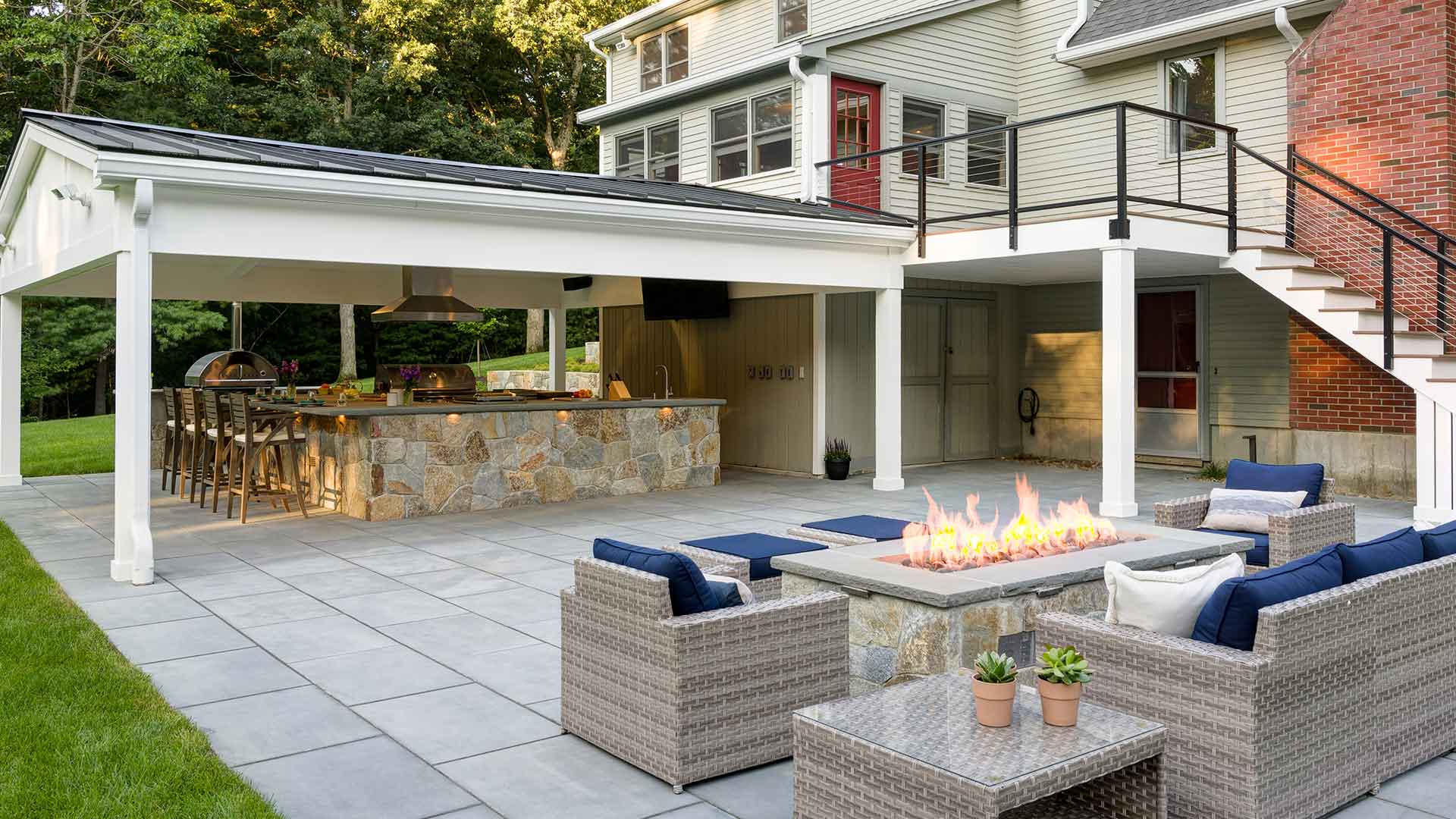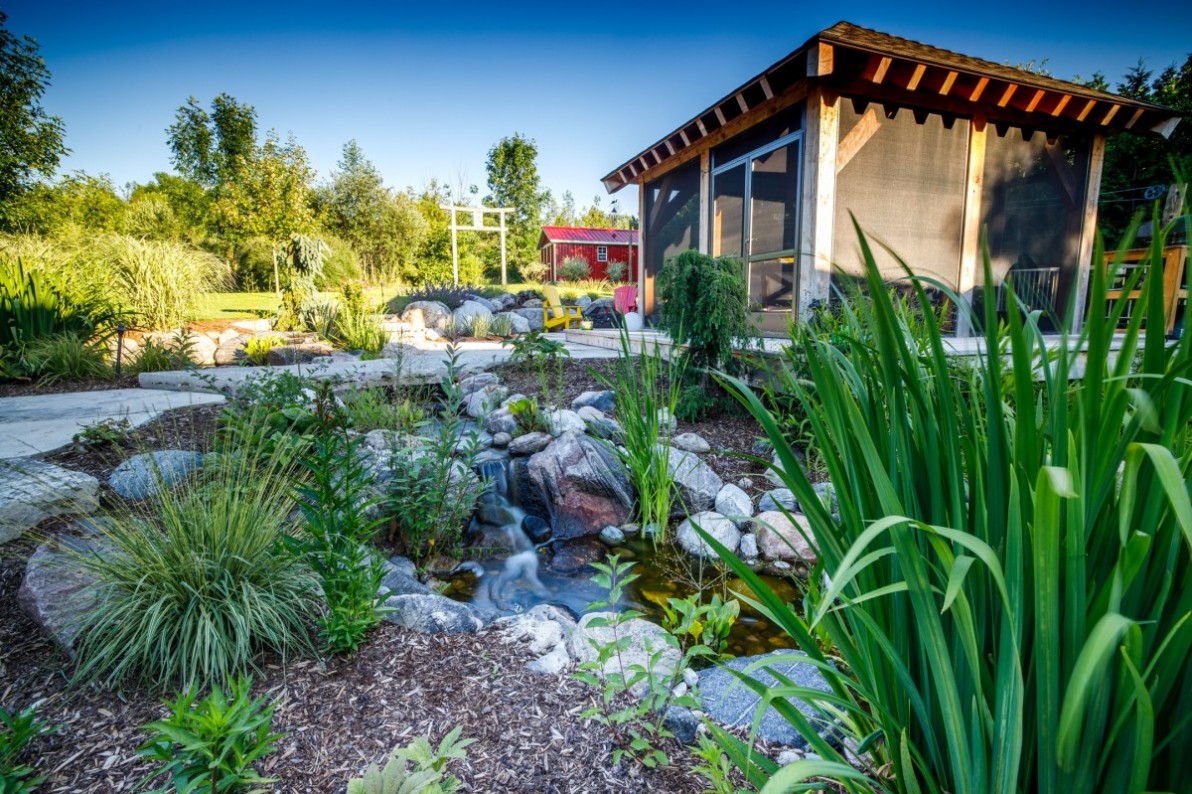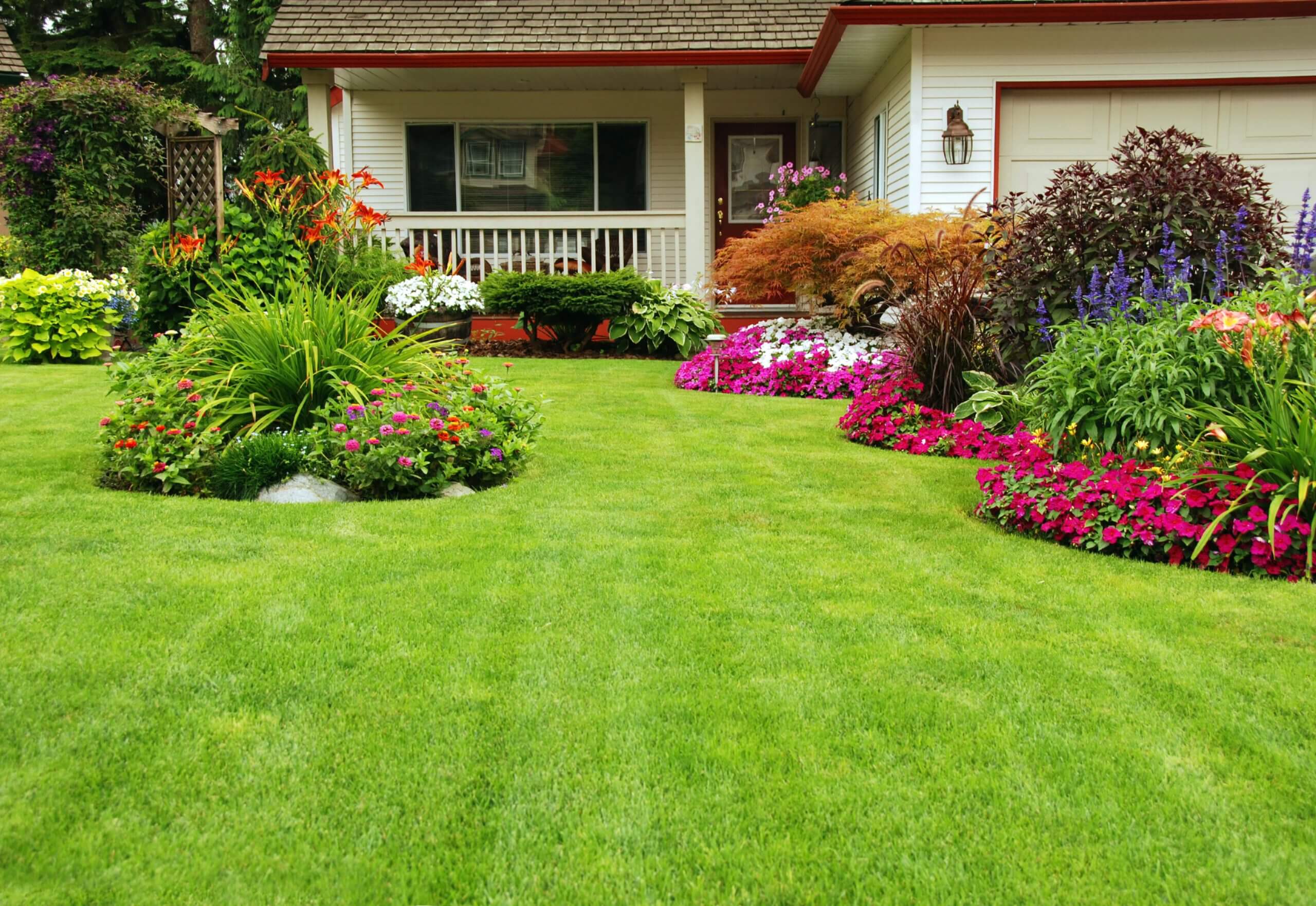A Biased View of Landscapers
A Biased View of Landscapers
Blog Article
Indicators on Landscapers You Need To Know
Table of Contents8 Easy Facts About Landscapers ShownThe smart Trick of Landscapers That Nobody is DiscussingThe Facts About Landscapers RevealedRumored Buzz on LandscapersMore About Landscapers
- A tree or bush (shrub) that sheds its leaves in winter. In the PNW there are semi-deciduous or semi-evergreen plants that might lose their fallen leaves relying on just how chilly the winter season is. Abelia and some hebe are fine examples. Landscapers. - A flat gathering space, made from wood or composite material (made to appear like wood), normally surrounding or affixed to a framework.:max_bytes(150000):strip_icc()/look-up-look-down-photography--o7ASOHDV9E-unsplash-62ac6efd6d724c7abb7320fefe03b411.jpg)

- Granite that is weathered to the factor that it is a very great aggregate. This is an all-natural process, and the result can be used for courses and outdoor patios. Broken down granite is frequently described as DG. It is particularly useful in modern-day landscapes. - Secret landscape functions being recommended in a landscape design strategy.
The smart Trick of Landscapers That Nobody is Talking About
These goals guide the layout procedure, not the developer's design or choices. Usual layout purposes in Portland are low maintenance, dry spell forgiving, and pet pleasant.
Nevertheless, gradually this layer can obtain really thick and make it hard for water, sunlight, and nutrients to get to parts of the grass.- The procedure of accumulating and regulating the flow of water on a residential or commercial property. This can be performed with grading, French drains pipes, completely dry wells, permeable surfaces, sump pump, rain yards, and more.
- A sluggish feeding watering system that makes use of flexible tubing and emitters to send out a precise amount of water to each plant. - The capacity of a plant to endure without much summer water.
- A yard function where water is represented by an aggregate rock item, usually a gravel or granite.- A rock or natural flagstone patio, course, or sidewalk built without a concrete base.
Landscapers Fundamentals Explained
- A stone maintaining or cost-free standing wall developed without the usage of mortar. - An underground structure that gather water and enables it to slow down percolate into the dirt around it.
Landscape design that is compatible with a websites' atmosphere in both appearance and sustainability without negative impacts to the setting. Bordering in the landscape is a line of separation that produces visual rate of interest in the yard by separating one sector from one more segment. This can be visual or practical, maintaining one you could try these out aspect (such as pea crushed rock) from getting mixed right into one more (like bark dust).
Locations can also have a sensation of "unit" offered by trees, various other growings, fences, or screens. The landscape near the access to a building. A tree, bush or creeping plant, trained to expand on a wall or fencing into a certain pattern. Specifically useful for fruit trees, making it simple to collect the fruit and containing mess.
A plant that is not native to the place where it will certainly be grown. Not all "exotics" are intrusive or dangerous, and many can be well behaved or dry spell forgiving (Landscapers). A mass planting of brushes. Thicker bladed lawn grass that spread out via rhizomes.: The degree of dirt on your residential property prior to bark dirt or garden compost is spread out.
The smart Trick of Landscapers That Nobody is Talking About

The objective, factor, or activity that an area is be landscaped for. Room for growing plants for checking out, consuming, or physical activity.
Rock product, either rounded or fractured, that is relatively tiny- usually 1" or much less. Low plants that are allowed or urged to spread out over a location. Can refer to any "tough" yard aspects consisting of statuary or boulders yet many typically is made use of you could try these out to describe paths, outdoor patios, and walls.: Height difference between the degree of water in a pond (or the degree of the pump if it rests outside the pond) and the upper outlet of water which influences efficiency of the water pump in gph (gallons per hour). Dense bushes or trees that develop a fencing, display, or limit.

A Biased View of Landscapers
Typical PNW landscapes are casual. A plant that spreads out more than preferred, or into environments where it does damages.
Can consist of head positionings and insurance coverage, pipe sizing, GPM specs, and materials needed to install this system. Certified expert who develops landscapes, schooled in engineering and architecture as well as in horticulture.
The expert that intends and creates landscape jobs, generally at a residential or tiny commercial degree with the major style motivation on growings. Landscape developers commonly have much less education than Landscape Architects and are not licensed. look at here A completed landscape design, detailing all elements for the new landscape. This usually takes the form of a drawing on paper.
Calcium product made use of to elevate the pH in dirt, which will make it less friendly to moss. A water tight HDPE material used underneath fish ponds, streams and waterfalls in water attributes. Utilizing numerous plantings of the same variety to complete a location in the landscape. This can decrease maintenance and water use in the garden.
Report this page